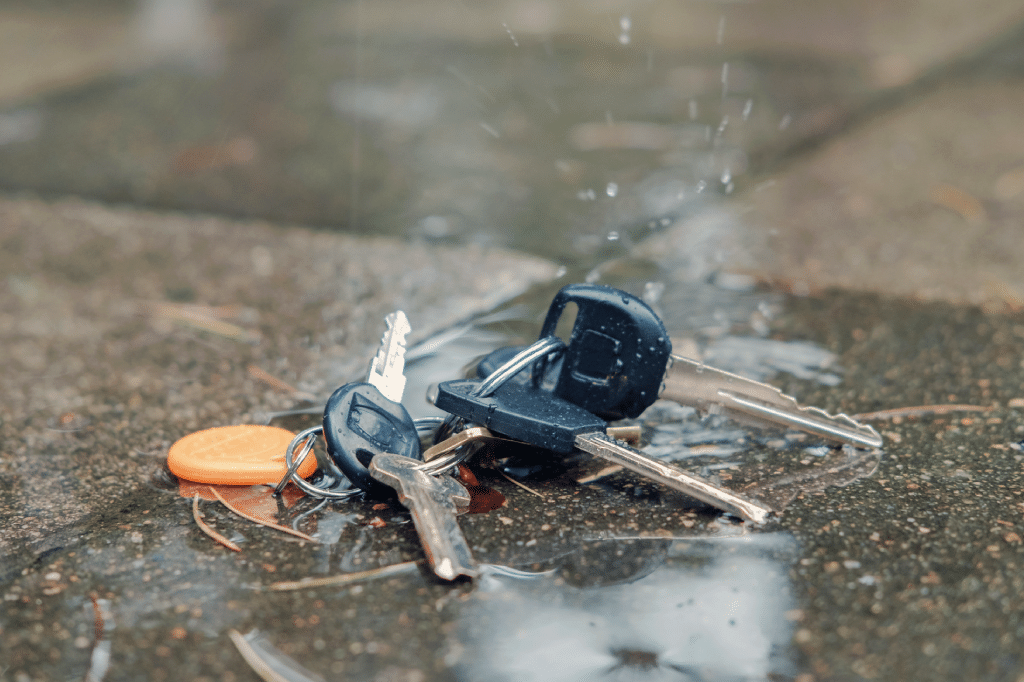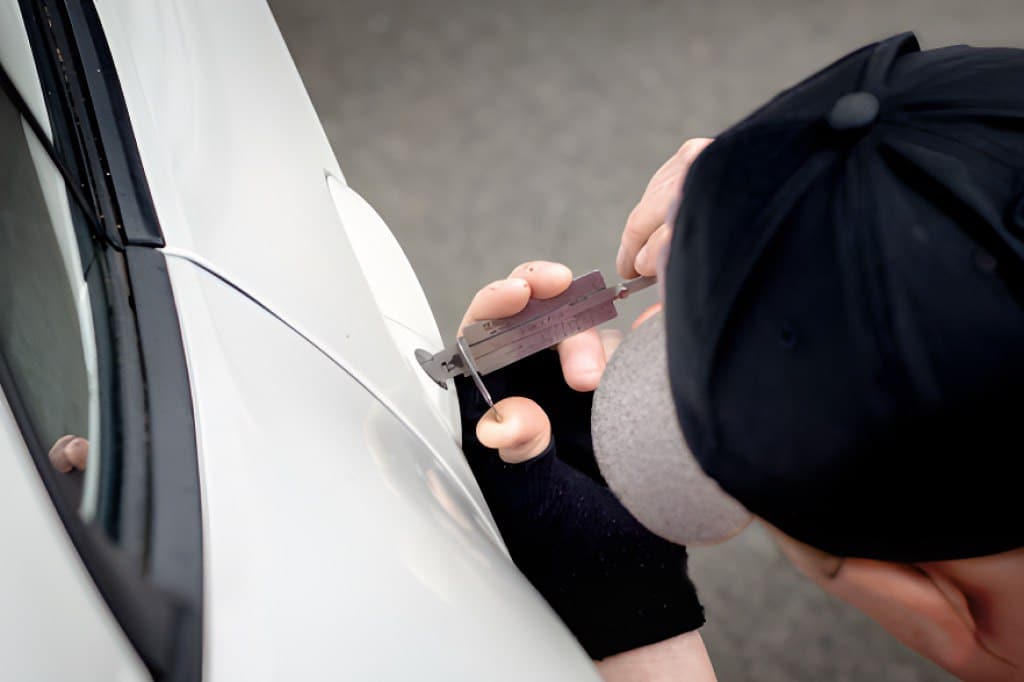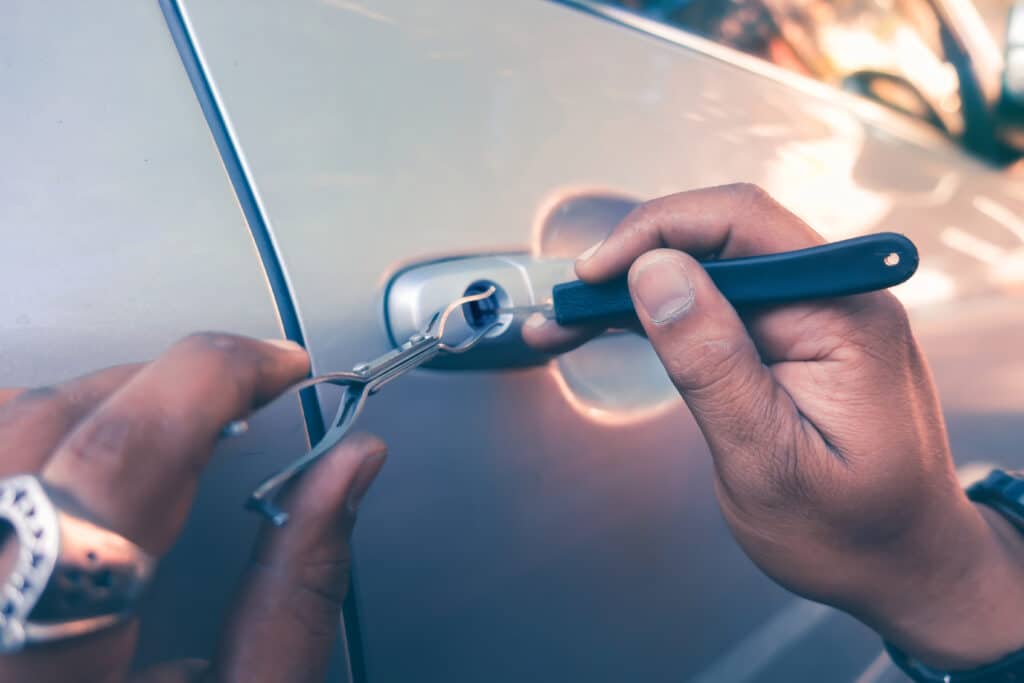How to Determine When You Need a Key Fob Battery Replacement?
What is a Key Fob Battery and How Does It Work?
A key fob battery powers your car’s remote key, a small electronic device used to control various functions of your vehicle, such as locking and unlocking doors or starting the engine remotely. Key fobs operate by transmitting a signal to the car’s receiver, which recognises the unique code sent by your fob. This signal is usually encrypted, providing an extra layer of security to prevent unauthorised access to your vehicle.
The key fob battery is a small, button-shaped lithium-ion battery. These batteries are designed to last for several years, depending on usage and environmental conditions. However, like all batteries, they will eventually run out of power. When this happens, the key fob can no longer communicate effectively with your vehicle, rendering it useless until the battery is replaced.
When is a Key Fob Battery Replacement Needed?
A key fob battery replacement becomes necessary when the current battery no longer holds enough charge to operate the key fob effectively. Here are some common signs that indicate it’s time for a replacement:
- Decreased Range: One of the first signs of a dying key fob battery is a noticeable decrease in the range at which your key fob can operate. If you find yourself needing to be much closer to your car than usual for the key fob to work, it’s likely that the battery is running low.
- Inconsistent Functionality: If your key fob starts to work intermittently or only responds occasionally, this is a strong indicator that the battery is weakening. You might notice that the buttons don’t always register, or the car doesn’t always respond to your commands.
- Warning Lights on Dashboard: Some modern vehicles are equipped with systems that can detect when the key fob battery is low. In such cases, you might see a warning light or message on your dashboard indicating that it’s time to replace the key fob battery.
- Physical Signs of Wear and Tear: If your key fob has been physically damaged, exposed to water, or the battery compartment shows signs of corrosion, these could also contribute to battery issues, even if the battery itself isn’t fully depleted.
- Button Sensitivity: Another common symptom is a change in the sensitivity of the buttons. If you find yourself pressing the buttons harder or repeatedly to get a response, the battery is likely on its last legs.
Understanding these signs is crucial for determining when a replacement is necessary. Ignoring these signals could lead to complete key fob failure, potentially leaving you locked out of your car or stranded.
How to Replace Your Key Fob Battery: A Step-by-Step Guide
Replacing the battery in your key fob is generally straightforward and can be done with minimal tools. However, the exact process may vary slightly depending on the make and model of your vehicle. Here’s a general guide to help you through the process:
- Identify the Battery Type: The first step is to identify the type of battery your key fob uses. Most key fobs use flat, round lithium batteries, commonly CR2025 or CR2032. This information can usually be found in your vehicle’s owner manual or printed on the key fob itself.
- Open the Key Fob: Use a small flathead screwdriver or a similar tool to gently pry open the key fob. Most key fobs have a small notch or seam where you can insert the tool to open the casing. Be careful not to apply too much force to avoid damaging the casing or the internal components.
- Remove the Old Battery: Once the key fob is open, carefully remove the old battery. Take note of how the battery is positioned in the compartment, including which side is facing up, to ensure you insert the new battery correctly.
- Insert the New Battery: Place the new battery in the compartment, ensuring it is seated properly and the correct side is facing up. Typically, the positive side should face upwards, but it’s always best to check the markings inside the compartment or refer to your owner’s manual.
- Reassemble the Key Fob: After the new battery is in place, snap the key fob casing back together. Ensure that it is securely closed to prevent the battery from becoming dislodged.
- Test the Key Fob: Once the key fob is reassembled, test it to ensure it is working correctly. Try locking and unlocking your vehicle from a distance to check the range and responsiveness. If the key fob is not functioning properly, double-check the battery installation or consider if the key fob itself might be damaged.
Why Choose We’ve Got The Key for Your Key Fob Battery Replacement?
While replacing a key fob battery is often a straightforward process, there are times when professional help is the best choice. Whether your key fob is damaged, you’re unsure about the battery type, or the replacement process seems daunting, professional locksmiths can provide the expertise and tools needed to get the job done right.
At We’ve Got The Key, we are the UK’s leading auto locksmith company, specialising in key fob services, including battery replacements. Here’s why you should consider us:
- Expert Technicians: Our team of experienced locksmiths is trained to handle all types of key fobs across various car models. They can quickly diagnose any issues and provide a reliable solution.
- Quality Service: We use high-quality batteries and tools to ensure your key fob functions like new. Our technicians also offer advice on maintaining your key fob to extend its lifespan.
- Convenience: We understand that losing access to your car can be stressful. That’s why we offer quick, efficient services to get you back on the road as soon as possible.
- Comprehensive Support: Beyond battery replacements, we offer a full range of key fob services, including reprogramming, repairs, and replacements, making us your one-stop shop for all your car key needs.
Don’t risk being locked out or stranded. Trust We’ve Got The Key to provide the reliable, professional service you need for your key fob battery replacement. Contact us today to schedule an appointment or learn more about our services.
Share
More Articles

The importance of having two sets of keys when buying or selling a car
The importance of having two sets of keys when buying or selling a car When buying or selling a car,

How to Rescue Your Car Key After It Gets Wet
How to Rescue Your Car Key After It Gets Wet The Unexpected and Stressful Situation of Wet Car Keys It’s

Car Key Programming: DIY or Professional Service?
Car Key Programming: DIY or Professional Service? Car key programming is an essential service for modern vehicles that use electronic

What’s the Average Time Required for a Locksmith to Unlock My Car?
What’s the Average Time Required for a Locksmith to Unlock My Car? The Stress of Being Locked Out of Your

The Importance of Vehicle Safety: Exploring the World’s Safest Cars
The Importance of Vehicle Safety: Exploring the World’s Safest Cars In today’s fast-paced world, owning a car has become a

What to Do When Your Key Breaks in the Lock
Car Key Extraction: What to Do When Your Key Breaks in the Lock? Understanding Key Breakage in Ignition Lock Key



